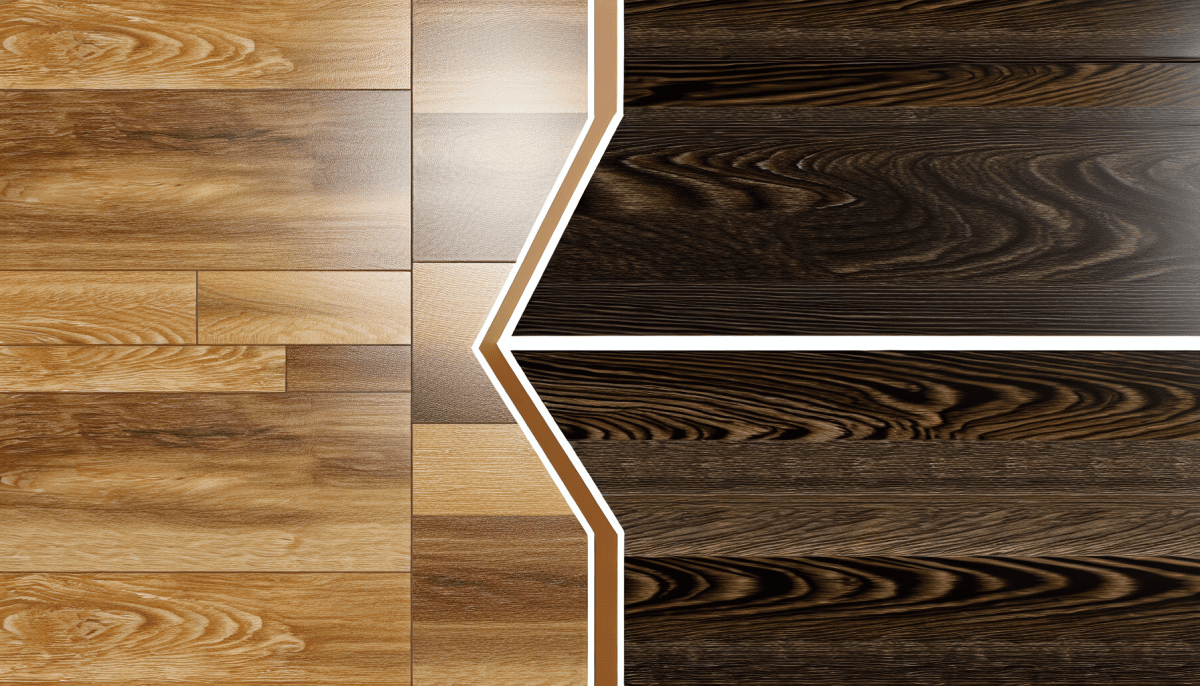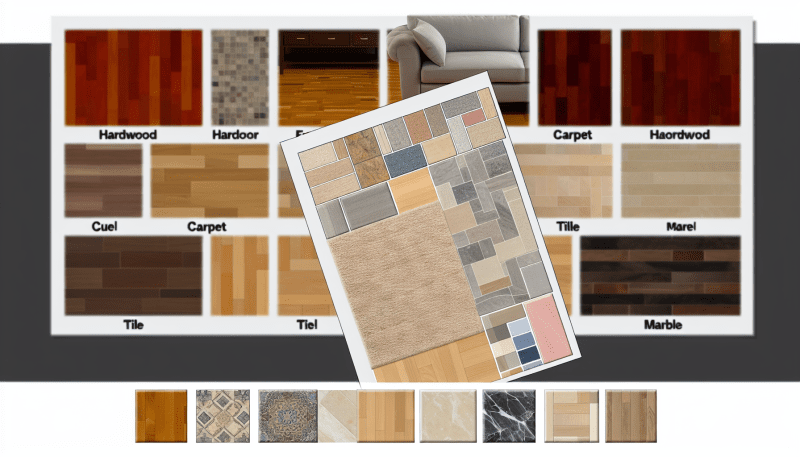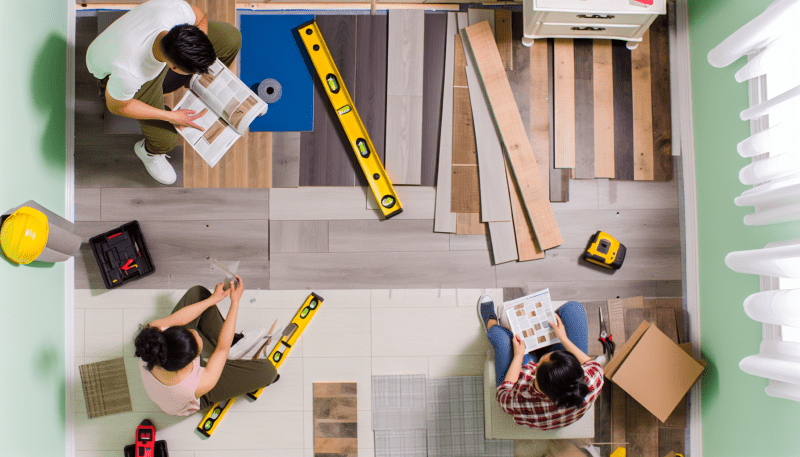When it comes to updating your home, understanding the basics of laminate flooring can be a game-changer. Laminate flooring is made from layers of materials that mimic the look of real wood or other natural materials. It's designed to be durable and resistant to scratches, making it a popular choice for families with kids or pets.
One of the biggest perks of laminate flooring is that it’s super easy to install. Many options feature a click-lock design, which means you can lay it down without the need for glue or nails. This could save you a good amount on installation costs, especially when you compare it with other flooring types.
In addition to being budget-friendly in installation, laminate is also easy to maintain. A simple sweep and occasional damp mop are usually all it takes to keep it looking fresh and clean. However, it’s important to note that laminate isn’t as water-resistant as vinyl. If you’re considering a space like a bathroom or kitchen, you might want to weigh your options carefully when thinking about laminate vs vinyl flooring.
Another thing to keep in mind is the comfort and feel underfoot. While laminate offers a sturdy surface, some people find it can feel a bit colder compared to softer options like carpet or vinyl. On the other hand, vinyl flooring often has added cushioning, giving it a warmer feel. This is something to think about if comfort is a top priority for you!
Understanding Vinyl Flooring Features
When comparing laminate vs vinyl flooring, it's essential to understand what makes vinyl flooring a popular choice for many homeowners. One of its standout features is its water resistance. Unlike some flooring options, vinyl can handle spills and moisture quite well, making it ideal for kitchens, bathrooms, or even busy family areas.
Another great feature of vinyl flooring is its versatility in design. With countless colors, patterns, and textures available, you can easily find a style that matches your home decor. Whether you’re after a sleek modern look or a rustic appearance, vinyl flooring can provide that perfect touch without breaking the bank.
Durability is also a significant advantage of vinyl. It’s designed to withstand everyday wear and tear, which is fantastic if you have pets or kids running around. Plus, maintaining vinyl flooring is a breeze! Regular sweeping and occasional mopping are usually enough to keep it looking fresh.
Don’t forget about installation! Vinyl flooring often comes in easy-to-install formats, such as peel-and-stick tiles or click-lock planks. This means you could potentially save on installation costs and even tackle the project yourself, which is a big plus when weighing laminate vs vinyl flooring.
Comparing Durability of Both Options
When it comes to laminate vs vinyl flooring, durability is a major factor you’ll want to consider. Both flooring types can handle a fair amount of wear, but they have their own strengths. Let’s break down how they stack up against each other.
Laminate flooring is designed to mimic the look of hardwood while being tough enough to stand up to daily life. Typically, it’s made from high-density fiberboard and topped with a wear layer that protects against scratches and stains. If you’ve got pets or kids, laminate is a solid choice as it can withstand a lot of foot traffic. However, keep in mind that it’s not entirely waterproof, so spills should be cleaned up promptly to avoid damage.
On the other hand, vinyl flooring takes durability a step further. It’s completely waterproof, which makes it a fantastic option for areas like kitchens and bathrooms. Vinyl is also resistant to dents and scratches, making it a reliable choice for homes with heavy use. Plus, it’s softer underfoot, which can be a comfort advantage if you spend a lot of time in those spaces.
In terms of lifespan, both laminate and vinyl can last up to 15-20 years with proper care. Laminate may show signs of wear sooner, especially in moisture-prone areas, while vinyl tends to keep its appearance longer. If you prioritize moisture resistance and softness, vinyl might edge out laminate in the durability comparison.
Cost Differences Between Laminate and Vinyl
When diving into the laminate vs vinyl flooring debate, one of the first things you'll notice is the cost difference. Typically, laminate flooring is a bit cheaper than vinyl, making it a popular choice for budget-conscious homeowners. You can usually find laminate options starting around $1 to $2 per square foot, while vinyl tends to range from $2 to $5 per square foot.
But it’s not just the upfront cost you should consider. Installation can also impact your budget. Laminate flooring often has a simple click-lock installation system, which means you might be able to tackle it as a DIY project. This saves money on installation fees. On the other hand, vinyl can be a little trickier, especially if you choose the glue-down method, which may require professional help.
Another factor is how long each type lasts and its maintenance costs. Laminate flooring generally shows wear over time, particularly in high-traffic areas, which could mean needing to replace it sooner than you’d like. In contrast, vinyl, especially luxury vinyl tiles, can stand the test of time better and might save you money in replacement costs down the road.
So, when weighing your options in the laminate vs vinyl flooring conversation, it’s not just about the initial price tag. Think about installation, maintenance, and longevity to get a clearer picture of what will work best for your space and budget.



